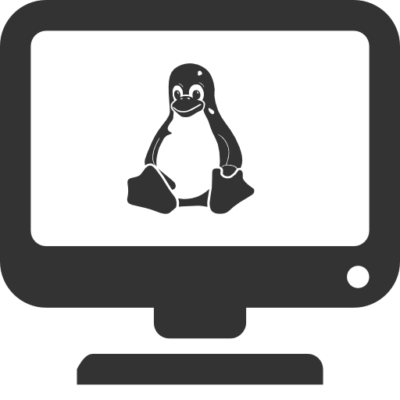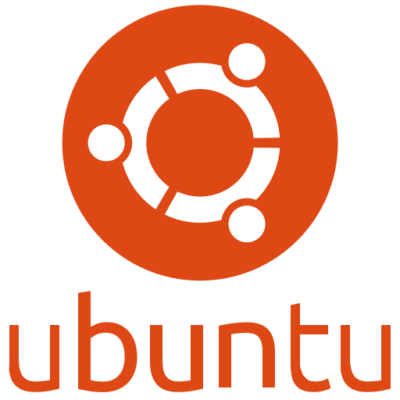For those taking their first steps into the world of open-source computing, the term linux download is likely one of the first phrases you’ll encounter. Whether you’re a student, developer, or a tech enthusiast, downloading and installing Linux opens the door to a powerful, customizable, and free operating system. In this beginner-friendly guide, we’ll walk you through everything you need to know before you hit that download button.
What is Linux?
Linux is a family of open-source operating systems built around the Linux kernel. It’s known for its flexibility, security, and active developer community. Unlike proprietary operating systems, Linux allows users to tweak, modify, and customize nearly every part of the system. It powers everything from personal laptops and smartphones to servers and supercomputers.
Why Choose Linux?
If you’re considering a linux download, it’s likely you’re already aware of the benefits. Here are some compelling reasons to switch:
- Open-source and Free: Most Linux distributions are completely free.
- Security: Linux is less vulnerable to viruses and malware.
- Customizability: You can tailor the environment to your preferences.
- Community Support: Huge communities offer support via forums, blogs, and tutorials.
- Performance: It runs well even on older hardware.
Many developers also prefer Linux for its native support for programming tools and environments.
Popular Linux Distributions
Before starting your linux download, you’ll need to choose a distribution (or distro). Each one offers a unique user experience. Here are five popular choices:
- Ubuntu – Known for its user-friendly interface, ideal for beginners.
- Linux Mint – Offers a familiar look and feel, especially for users coming from Windows.
- Fedora – Cutting-edge technology, often used by developers.
- Debian – Stable and secure, often used for servers.
- Arch Linux – Designed for advanced users who want complete control.
Each distribution provides its own official website where the download links are available, usually in ISO format.
How to Download Linux
The linux download process is straightforward:
- Visit the Official Website – Always download from the official website to avoid corrupted or malicious versions. For example:
- Choose the Right Version – Most distros offer options for Desktop, Server, or IoT. Pick the one that fits your use case.
- Download the ISO File – The ISO file is a disk image that you will use to create a bootable USB.
- Verify the File – Some sites offer checksum values to ensure the integrity of your download.
Creating a Bootable USB Drive
Once the linux download is complete, the next step is creating a bootable USB drive. You’ll need software like:
- Rufus (Windows): rufus.ie
- Etcher (Cross-platform): balena.io/etcher
Here’s a quick rundown:
- Plug in your USB drive.
- Open the tool and select your ISO file.
- Choose your USB device.
- Click “Start” to create the bootable drive.
This drive can now be used to install Linux on almost any computer.
Installing Linux
Boot your PC from the USB drive and follow the on-screen instructions. During installation, you’ll be able to choose between:
- Dual Boot: Keep your existing OS and install Linux alongside it.
- Replace Existing OS: Linux will become the only operating system.
- Custom Partitioning: For advanced users who want full control over disk layout.
Post-Installation Essentials
After a successful linux download and installation, you should:
- Update Your System: Run the package updater or use terminal commands like
sudo apt update && sudo apt upgrade. - Install Drivers: Most distributions handle this automatically, but you can install additional drivers through the settings menu.
- Add Software: Use the Software Center or package managers like
apt,dnf, orpacmanto install apps. - Create a Recovery USB: It’s smart to have a backup just in case.
Troubleshooting Common Issues
Sometimes, a linux download doesn’t go as planned. Here are a few common problems and their solutions:
- Black Screen on Boot: Try changing boot options or updating graphics drivers.
- No Wi-Fi: Use
lshw -C networkto detect hardware and install missing drivers. - Slow Performance: Consider switching to a lightweight desktop environment like XFCE or LXDE.
The official forums and communities of each distro are excellent resources for troubleshooting.
Learning Resources for Linux
To get the most out of your linux download, you’ll want to learn more about using the system. Some reliable places to start include:
These sites cover everything from basic commands to advanced scripting techniques.
Final Thoughts
A successful linux download marks the beginning of your journey into one of the most powerful operating systems available. Whether you’re aiming for better privacy, programming freedom, or simply exploring something new, Linux has something to offer everyone. With the tools, support, and resources now available, even absolute beginners can confidently install and use Linux in just a few steps.



